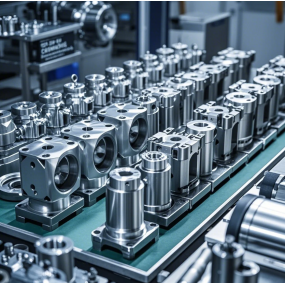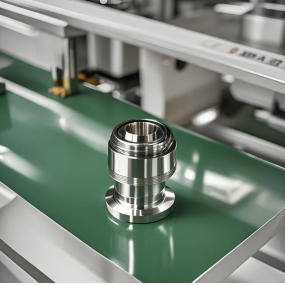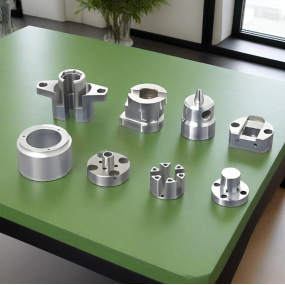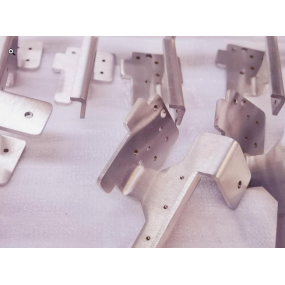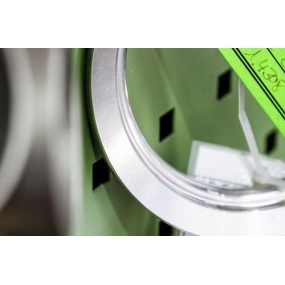Metal Stamping is a common metal processing technique that involves plastic deformation of metal materials in a mold to obtain the desired shape and size. However, in the process of metal stamping, scrap problems often occur, which not only wastes materials but also increases production costs. So, how to effectively avoid the problem of scrap in metal stamping processing?
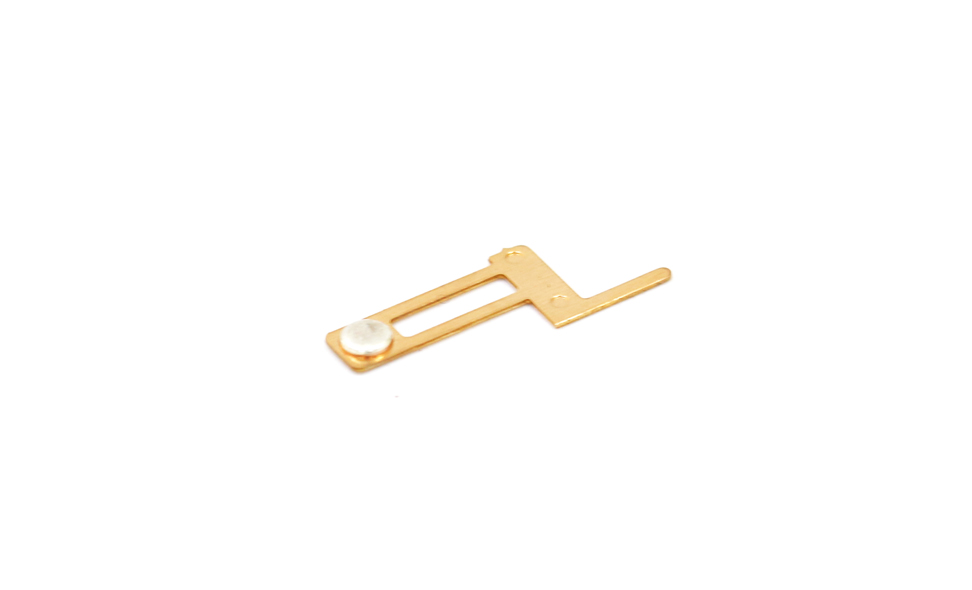
Firstly, we should pay attention to the selection of raw materials. Choosing high-quality raw materials can effectively reduce the generation of waste. In addition, we should conduct thorough inspection and testing of raw materials to ensure that they meet production requirements.
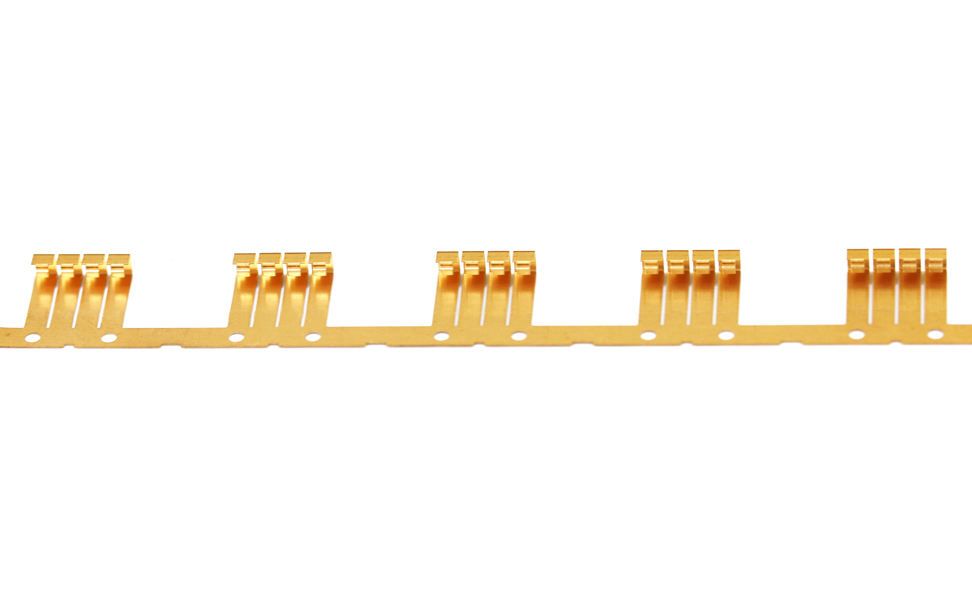
Secondly, we should strictly control the production process. During the metal stamping process, it is necessary to strictly follow the operating procedures and regularly inspect and maintain the equipment. At the same time, it is necessary to strengthen the training and management of employees, improve their skills and sense of responsibility.
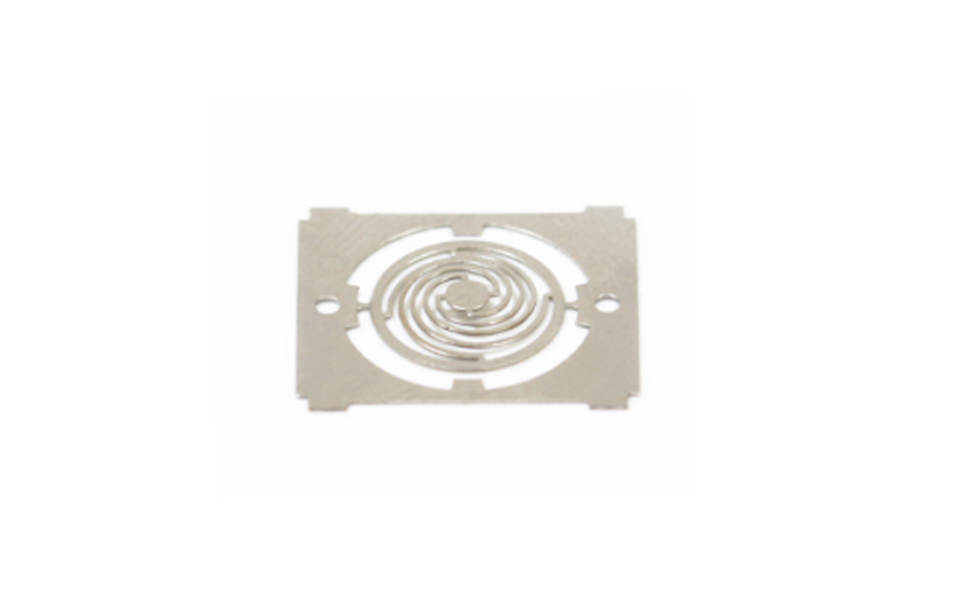
Finally, we should take effective quality control measures. This includes comprehensive quality testing of products, as well as timely handling and recycling of non-conforming products.


 Spanish
Spanish Arabic
Arabic French
French Portuguese
Portuguese Belarusian
Belarusian Japanese
Japanese Russian
Russian Malay
Malay Icelandic
Icelandic Bulgarian
Bulgarian Azerbaijani
Azerbaijani Estonian
Estonian Irish
Irish Polish
Polish Persian
Persian Boolean
Boolean Danish
Danish German
German Filipino
Filipino Finnish
Finnish Korean
Korean Dutch
Dutch Galician
Galician Catalan
Catalan Czech
Czech Croatian
Croatian Latin
Latin Latvian
Latvian Romanian
Romanian Maltese
Maltese Macedonian
Macedonian Norwegian
Norwegian Swedish
Swedish Serbian
Serbian Slovak
Slovak Slovenian
Slovenian Swahili
Swahili Thai
Thai Turkish
Turkish Welsh
Welsh Urdu
Urdu Ukrainian
Ukrainian Greek
Greek Hungarian
Hungarian Italian
Italian Yiddish
Yiddish Indonesian
Indonesian Vietnamese
Vietnamese Haitian Creole
Haitian Creole Spanish Basque
Spanish Basque

